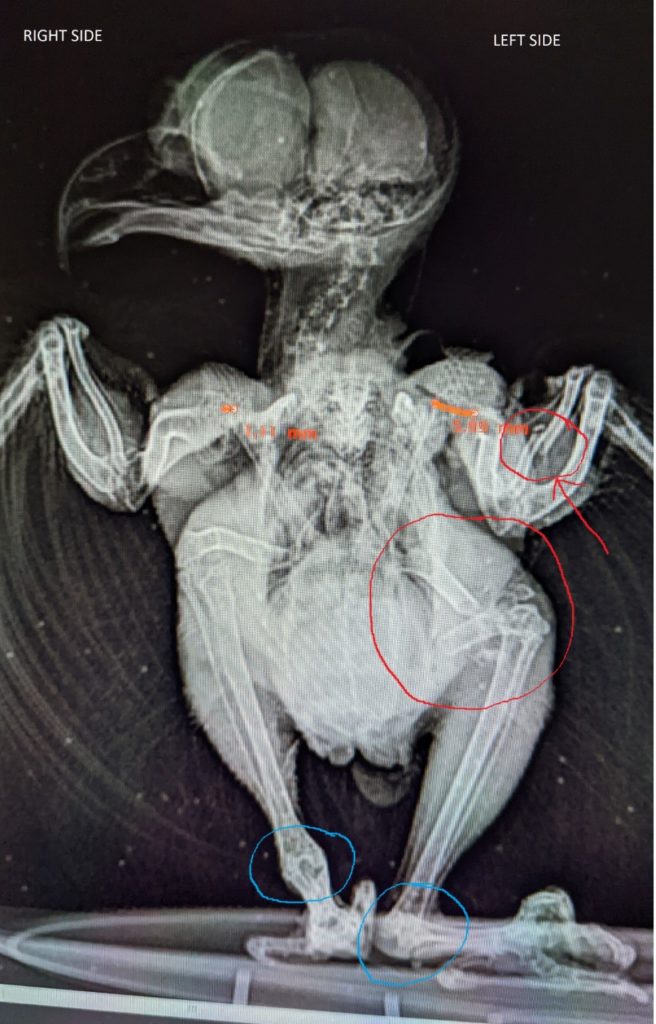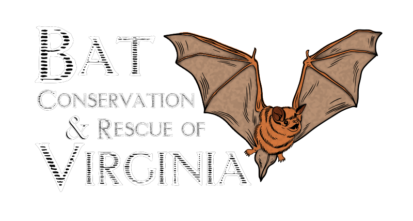
Consider this: a human body colliding with a vehicle moving at 31-32 MPH has a 50% chance of severe injury and a 25% chance of death. Imagine the pain a small body feels during a similar collision. But we don’t have to imagine; we can see it in the radiograph here. This tiny being, an eastern screech owl weighing just 183 g (6.5 oz) sustained multiple severe fractures, dislocations, soft tissue injury and a detached retina. And yet, somebody took it home to “nurse it back to health” with its little bones grinding one on the other, its tiny battered, bruised body in shock, its organs probably bleeding into its abdomen. And they fed its broken body, because bodies want to eat, and if it’s eating it’s OK, right?? But there was no pain relief, no stabilization of the broken parts, no supportive care other than offering food because the ‘savior’ did not know what they were looking at and made no attempt to find out.
And comes the cry “but they meant well!” Did they? Or did they want the glory of ‘saving’ a wild being? I argue it’s the latter. Because consider this: You get hit by a car and are left broken on the side of the road, with a dislocated shoulder, a broken femur that’s displaced by several inches, and a detached retina, along with all the muscle tears, bruises and lacerations that accompany such injuries, just like the little owl above. A well-meaning person discovers you and shoves you in their car, takes you home, puts you in a soft bed, and gives you some kind of food that you may or may not be able to eat. That’s it. Won’t let you leave, maybe calls for help but decides to ignore any and all expert advice, ignores your whimpers and cries or your abnormal silence, and keeps telling you “it’s all right sweetie; I’ve got this.” Everyone knows that’s wrong and even criminal for humans and domestic animals. But that is exactly what happens to wildlife, except when they die, just like you would with no treatment and no food you can digest, the ‘rescuers’ claim the animal “just died” rather than accept they let it die, slowly and painfully.
People heroically rush dogs and cats to veterinarians and animal shelters when they see them hit, lost, or hurt, and yet if it’s a wild being they are told to go it alone because someone qualified to help will “just kill it.” But here’s the rub: an injured wild animal is ALREADY dead if it doesn’t get appropriate help. That’s what happens to grievously injured or orphaned wildlife. They die of their injuries; they dehydrate; they starve; they get picked off by predators, etc. Most of those deaths will come more quickly than being tortured in captivity in some well-meaning person’s house, but be assured, without appropriate help, death is coming. The only chance to stop that sure death is getting the animal to someone who has the training and housing to appropriately treat and maintain it to release. And in many, even most, cases, even the best trained and appointed facility can’t stop that death, but they can stop the fear, suffering, and pain through the gift of euthanasia. And that is a just killing.
